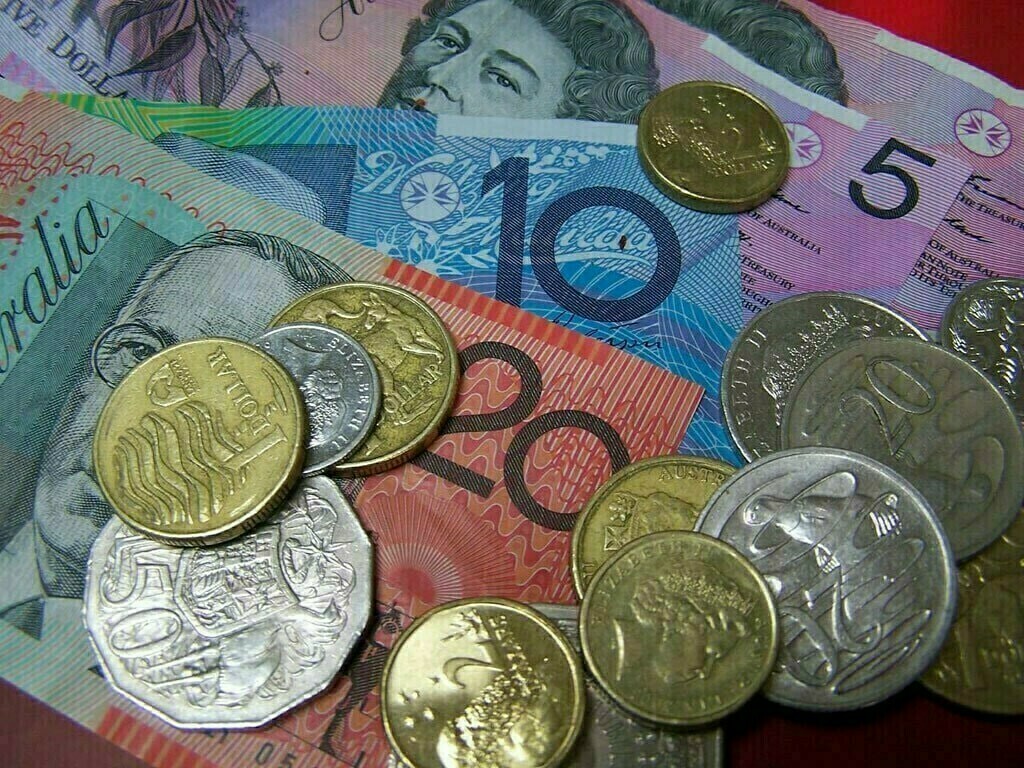
SYDNEY: The Australian dollar slipped on Tuesday after the country’s central bank held interest rates steady and left open the question of whether it would need to tighten further, leading markets to pare back the chance of another hike.
The Aussie was down 0.6% at $0.6576, having already fallen 0.8% the previous session and away from a four-month top of $0.6690.
The 200-day moving average of $0.6579 was offering some support ahead of $0.6522.
The kiwi dollar eased 0.3% to $0.6145, after dropping 0.7% the previous day from a peak of $0.6222. It has immediate support at $0.6135, with the moving average at $0.6091.
As widely expected, the Reserve Bank of Australia (RBA) held its cash rate at a 12-year high of 4.35%, having hiked by a quarter point in November.
It reiterated that the flow of data would decide whether a further hike would be needed, but noted there were significant uncertainty about the outlook on the upside and downside.
“The statement was more dovish than many had envisaged with reference to moderating inflation, inflation expectations consistent with target and well contained wage growth,” argued Dwyfor Evans, Head of APAC Macro Strategy at State Street Global Markets.
Australia, NZ dollars hit four-month highs, eyes on RBA
“That augers well for AUD rates, but less so for the Australia dollar.” Three-year bond futures rallied 8 ticks to 96.010 in response, while 10-year bond yields dipped 4 basis points to 4.409%.
Markets had priced in almost no risk of a move this week, and futures now implied a 38% probability of a hike by March, compared to around 44% before the announcement.
The next RBA policy meeting is not until Feb. 6.
Domestic data out Tuesday showed Australia’s current account slipped into the red in the third quarter as prices for some commodity exports fell, though the reading had little impact on markets.
Indeed, the Aussie showed more of a reaction to a survey showing China’s services activity expanded at a quicker pace in November, holding out hopes for a pick up in demand there.
